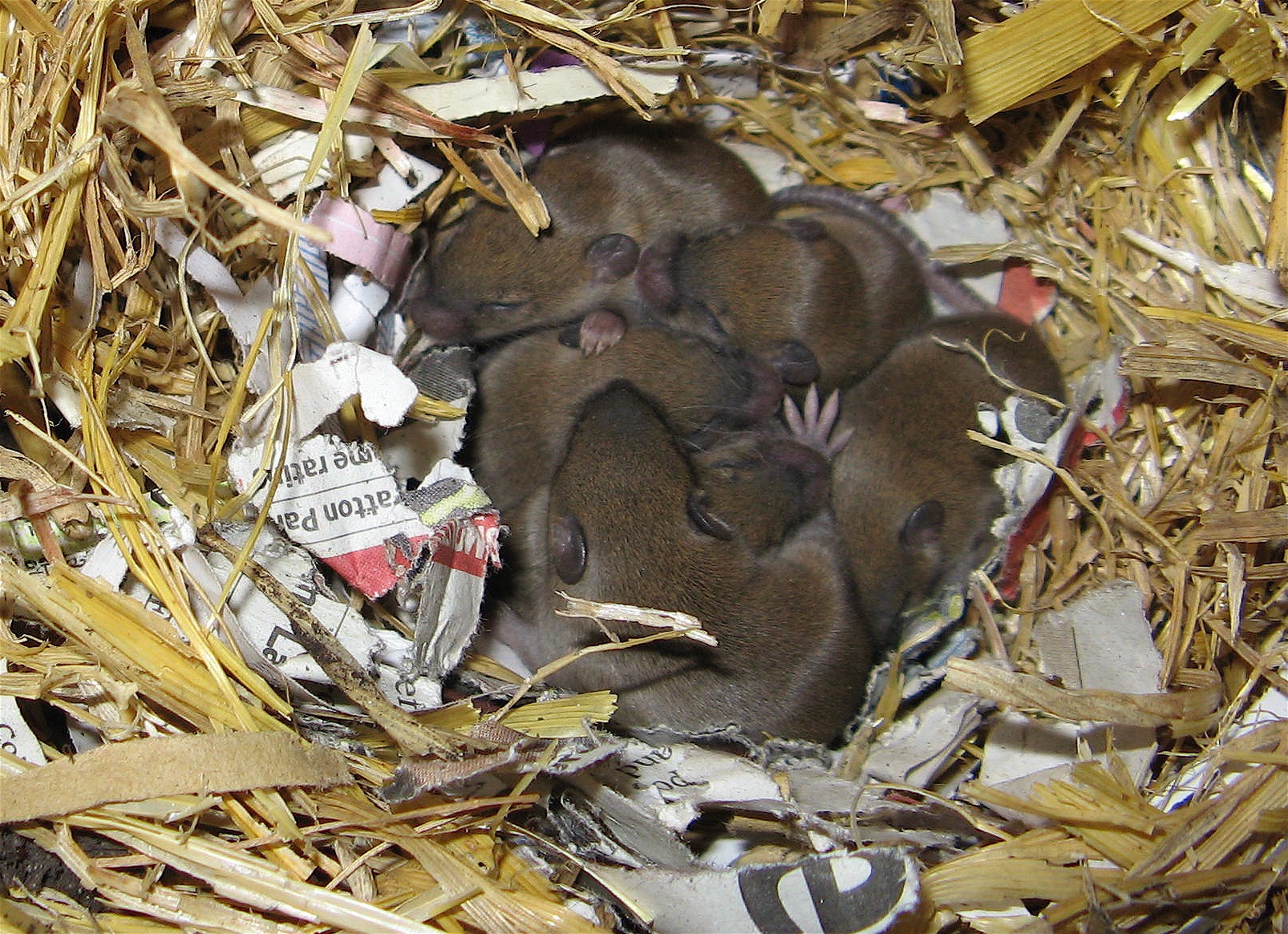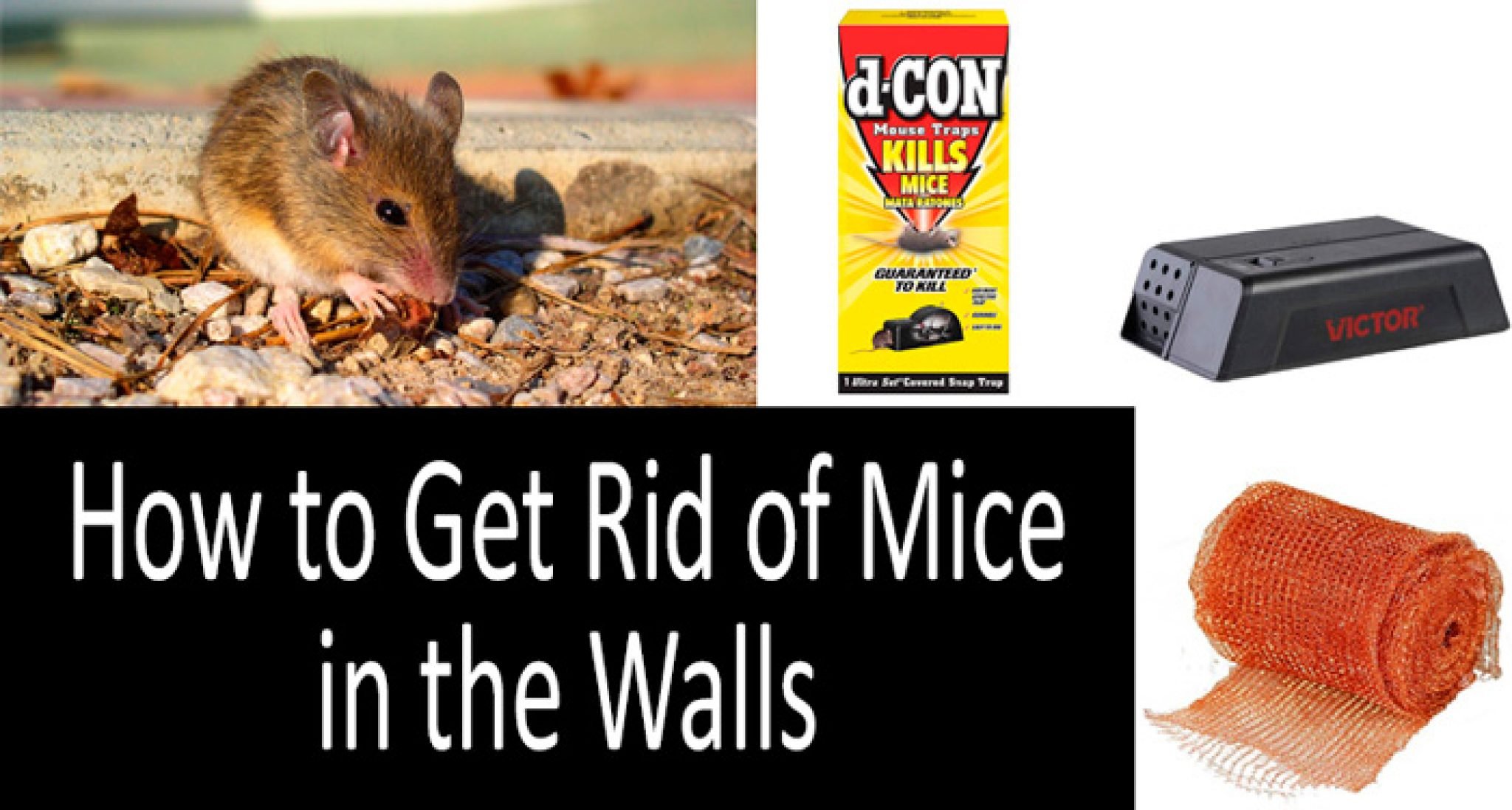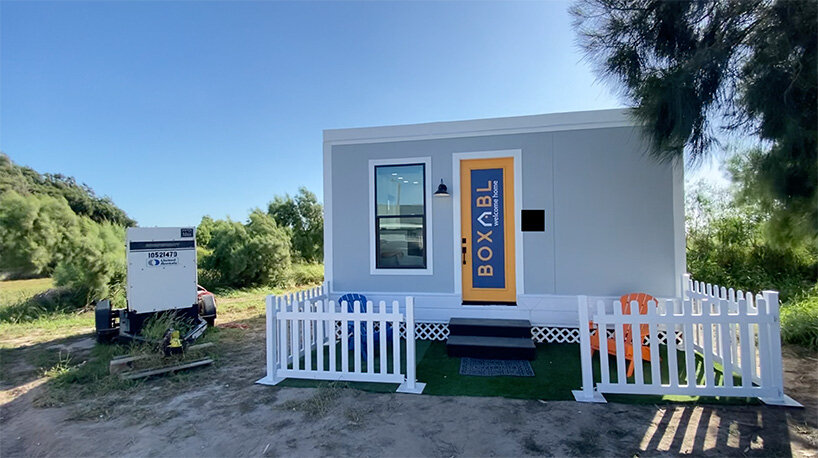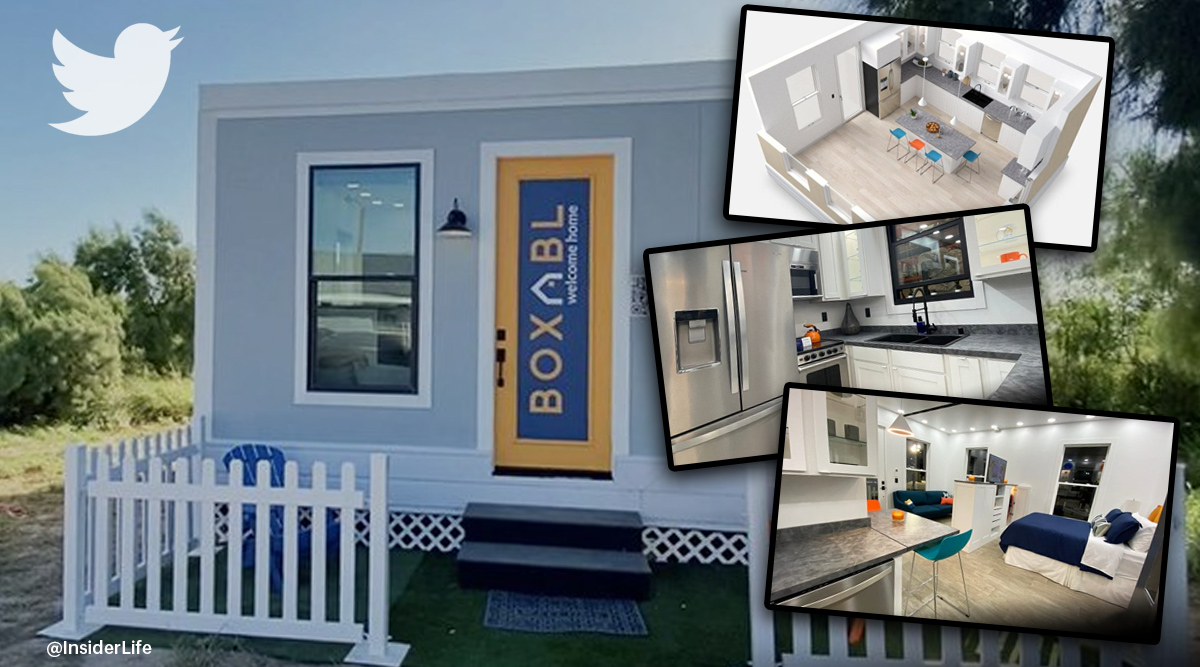Table Of Content
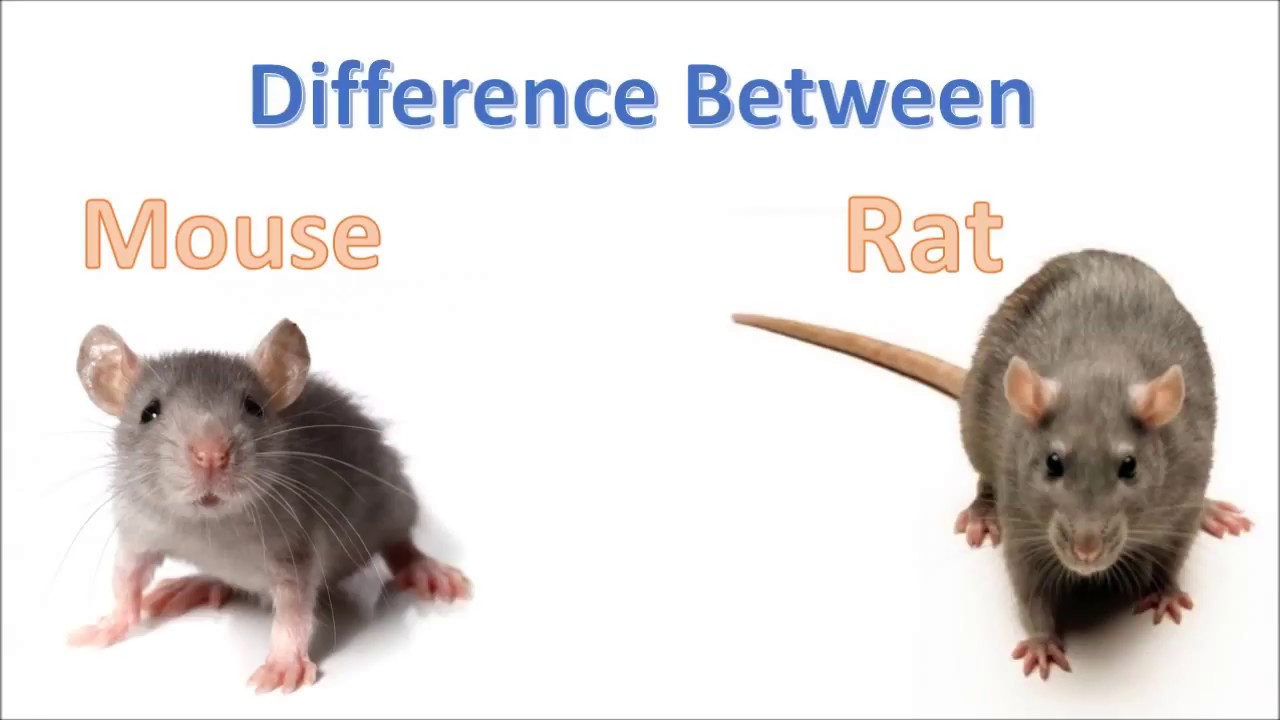
As you work on getting the mice out of your house, also ensure that they can’t find their way back in. Remember that mice can gnaw through sprayable foams and sealants, so look for filler made out of chew-resistant polyester or stainless steel fibers. Wire mesh is a good choice for large holes on the exterior of your home, and door sweeps will cover entranceway gaps by the floor. On average, it costs between $450 and $600 to hire an exterminator to get rid of mice.
Garage Doors
We also share helpful tips and guides on a variety of topics related to animals and nature. You can use smells that smell so good to them they can’t resist, or smells that are so foul to them that they just can’t stand it. If you wish to learn more about our services offered, feel free to contact us.
ABC Can Treat and Prevent Mouse Problems
“Generally speaking there is always more than one,” Nichols says. An effective pest control strategy goes beyond knowing how mice get in – we also need to understand where they come from. Piles of wood, debris, or other kinds of clutter near a home offer shelter to mice, allowing them to live close to your home and find an entry point more easily. While it may seem a bit gross, sewer lines can be a rodent’s paradise.
Open Doors/Windows
Nature, while beautiful, can also play a role in aiding mice on their mission to enter our homes. Surprisingly, some of the very features designed to improve our homes can end up aiding and abetting mouse invasions. Mice will also munch on paper products and cardboard, so it's best to toss or recycle any excessive food packaging during your weekly kitchen cleanup. And always check an exterminator's credentials before hiring.
How to prevent rats and mice getting into your home as prime rodent season looms - South Wales Argus
How to prevent rats and mice getting into your home as prime rodent season looms.
Posted: Tue, 09 Jan 2024 08:00:00 GMT [source]
Foundation Cracks
A general estimate is that it could cost anywhere from $200 to $600. Snap traps, electronic traps, and glue boards are not humane. You also have to collect the mouse and dispose of it after it's dead, which can be unsafe. You have to dispose of the mouse while it's still alive, and you could get bitten in the process. As it also causes pain and suffering to the mouse, it may make loud noises while on the glue board.
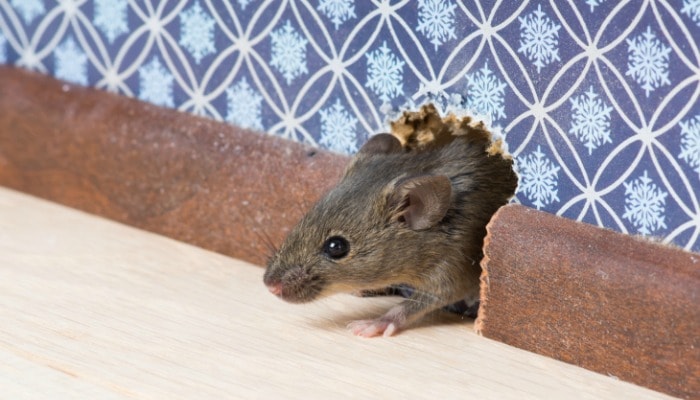
Along with treating your existing mouse problem, they can fix or close off these openings so other pests can’t use them to invade your home in the future. Mowing the grass regularly and keeping your yard clear of underbrush and debris will help to keep mice away, but won’t get rid of an existing infestation. For most people, hiring a pest management specialist is key to getting rid of mice in the garage or the home. For many people with mouse problems in their garage, the trees in their yards are an unexpected food source. If you have trees that produce fruit or nuts, these may be feeding your mouse problem. Vegetable gardens and compost piles also tend to draw mice and other pests.
The 6 Best Mouse Traps of 2024 - Better Homes & Gardens
The 6 Best Mouse Traps of 2024.
Posted: Tue, 25 Jul 2023 03:08:32 GMT [source]
They will place a variety of mousetraps in several different locations around your home where they suspect the mice are hiding. Mice can and will come into your house at any time of year, but there is a definite “rodent season” when this is much more likely to happen. As the weather starts to grow cooler, mice and other rodents begin searching for a warm, comfortable place to spend the winter.
Avoid leaving piles of leaves, logs, pine straw, or mulch for longer than a day. These can quickly turn into places of shelter or nesting for mice. You'll, when laying down pine straw or mulch around your gardens, take care not to make the piles too high for rodents to hide out underneath. To prevent mice from taking shelter from inside your home, you'll need to inspect the outside to see if any small cracks or holes exist.
How do House Utilities and Features Facilitate Mice Entry?
Mice cause extensive damage to homes through their gnawing habits. They might chew through wood, drywall, PVC pipes, even electrical wiring. When nesting, they shred cloth, cardboard, insulation and whatever else they can find to build a comfortable nest for having babies. All of this gnawing and shredding creates lots of property damage that can be expensive to fix. Set humane live traps in areas where you find mice droppings or other evidence of mice. Mice tend to run along walls, so set them close to the wall.
No matter which method you use to get mice out of your home, they will keep coming back unless you seal all the little holes and cracks they are getting through. If you would rather use a catch and release product, Gerossi’s Humane Catch and Release Mouse Traps are a good choice. This product comes with a pack of two, so you can place them in different hot spots. To figure out where the mice are roaming inside your home, look for evidence of mouse activity. Check for droppings, crumbs, holes in food bags, or food with little nibbles taken out of it. The first step in getting a mouse out of your house is to figure out where it hangs out the most.
Even home remedies like peppermint oil and other strong aromas can't stop their invasion. In fact, "mice are very curious and very food-motivated," says Dion Lerman, the Environmental Health Programs Specialist for the Pennsylvania Integrated Pest Management Program. Keeping the outside of a home clean and tidy removes potential hiding places for mice around the house, garage, and yard. Homeowners will want to prevent weeds, brush, or trash from piling up near the foundation. According to PestWorld.org, it’s also a good idea to keep wood piles at a distance of at least 20 feet away from the house and keep shrubbery neatly pruned.
